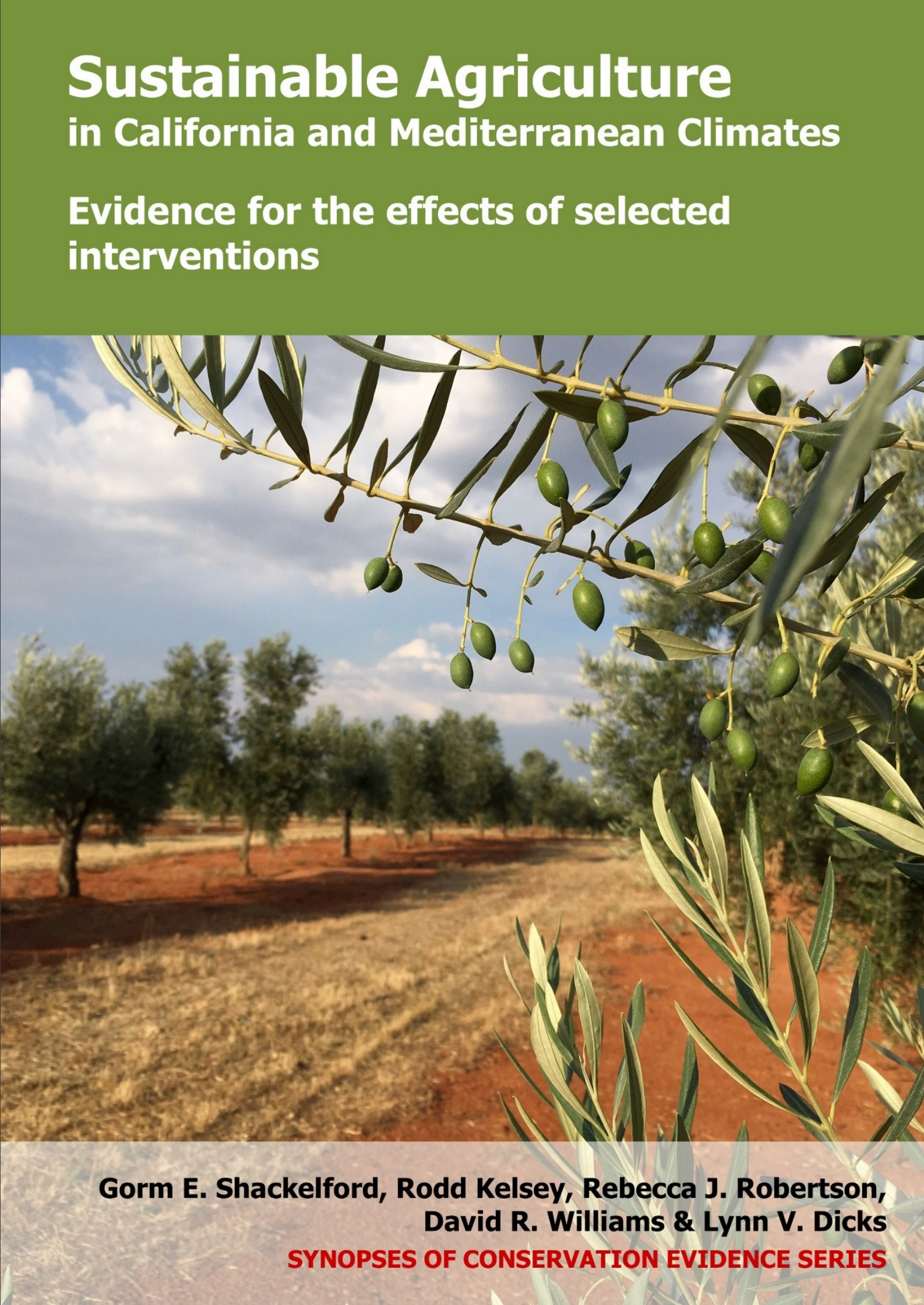Other biodiversity: Plant flowers
-
Overall effectiveness category Unknown effectiveness (limited evidence)
-
Number of studies: 3
View assessment score
Hide assessment score
How is the evidence assessed?
-
Effectiveness
40% -
Certainty
20% -
Harms
20%
Study locations
Supporting evidence from individual studies
A replicated, paired, controlled study in 2011–2012 in tomato fields in Tuscany, Italy, found similar numbers of plant species in planted flower strips, compared to unplanted field margins, but found higher plant diversity in unplanted margins. Plants: Similar numbers of plant species were found in planted and unplanted margins (numbers of species not reported). However, a higher turnover in species was found between unplanted margins than between planted margins (data reported as beta-diversity). Methods: In each of eight tomato fields, plants were sampled in each of two field margins (one with flower strips, one without, 3 x 25 m each), in five 1 x 1 m quadrats/field margin, in early August.
Study and other actions testedA replicated study in 2008–2010 in farmland in the Central Valley, California, USA, found that a higher percentage of flower species persisted over time in flower plots that were planted with higher amounts of seed. Plants: Eight of nine species persisted for two years. Six species persisted for three years. Implementation options: Over the two years that followed planting, a higher percentage of species persisted in plots that were planted with two to four times as much seed (2x–4x) as the plots that were planted with the least seed (1x: 17–60%; 2x: 33–74%; 4x: 35–77%), but there was not a significant difference between the plots with 2x and 4x. The amount of seed planted had a significant effect on the percentage cover of plants, but it was not clear which treatments were significantly different from one another (data reported as log aggregate forb cover). Methods: Nine plots (1 x 8 m) were sown with the seeds of nine flower species in each of six hedgerows.
Study and other actions testedA replicated, randomized, controlled study in 2011–2012 in a barley field near Madrid, Spain, found that more seedlings of five planted flower species, but fewer seedlings of one planted flower species, emerged after no tillage, compared to shallow tillage. Implementation options: A higher density of seedlings emerged after no tillage, compared to shallow tillage, in Calendula arvensis (2011: 4,523 vs 2,817 plants/m2; 2012: 1,223 vs 231), Phacelia tanacetifolia (2011: 318 vs 226; 2012: 116 vs 2), Centauria cyanus (2012: 190 vs 59), Diplotaxis tenuifolia (2012: 153 vs 5), and Echium plantagineum in 2012 (236 vs 2) but not in 2011 (230 vs 235). A lower density of seedlings emerged after no tillage, compared to shallow tillage, in Coriandrum sativum in 2011 (16 vs 314 plants/m2), but not in 2012 (0 vs 2). Similar densities of seedlings emerged after no tillage, compared to shallow tillage, in Borago officinalis (2011: 27 vs 27 plants/m2; 2012: 20 vs 2). Methods: For each of seven flower species, there were three plots (1.3 x 1.3 m). In July, half of each plot was tilled, and half was not. In January, seedlings were counted in quadrats (25 x 25 cm).
Study and other actions tested
Where has this evidence come from?
List of journals searched by synopsis
All the journals searched for all synopses
This Action forms part of the Action Synopsis:
Mediterranean Farmland
Mediterranean Farmland - Published 2017
Mediterranean Farmland synopsis





)_2023.JPG)














